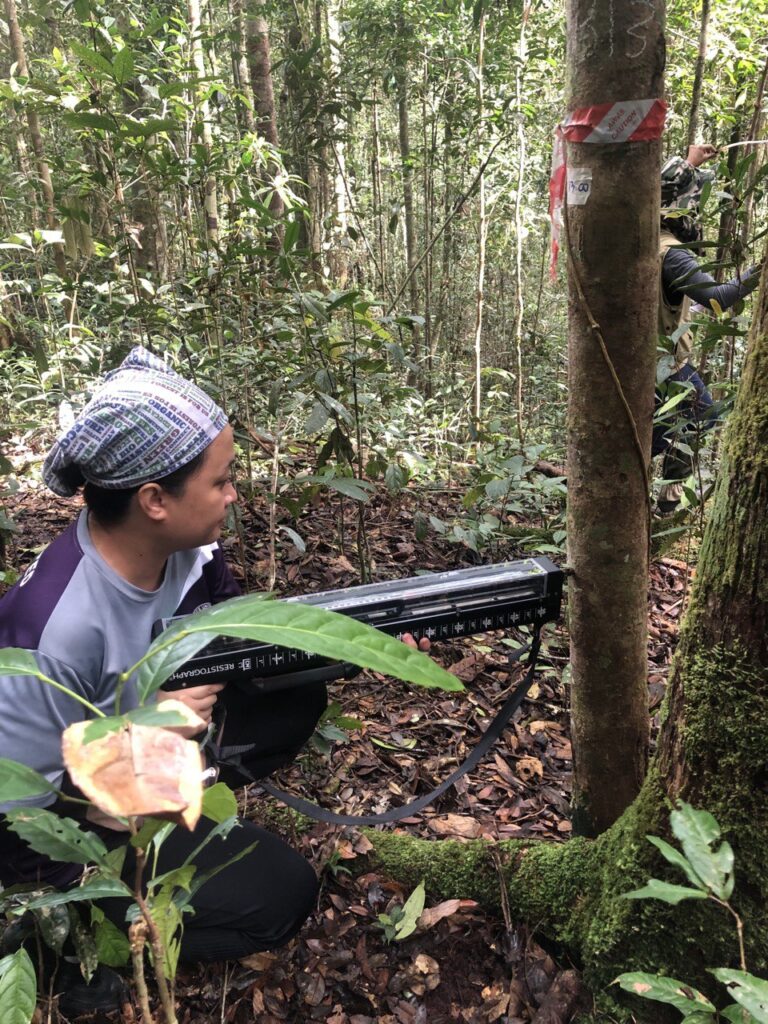Forest forensics is becoming an increasingly important field in forestry and conservation, as it helps us to better understand the complex interactions between different components of forest ecosystems and develop evidence-based strategies for their sustainable management and conservation.
Let’s delve into the concept of forest forensics. Forest forensics is a term used to describe the application of scientific techniques and methods to various aspects of forest ecology and management. It involves the use of various scientific tools such as remote sensing, Geographic Information System (GIS), tree-ring analysis, and Deoxyribonucleic acid (DNA) analysis, to understand different forests-related issues including forest health, biodiversity, and most importantly climate change.
Forests are an essential part of our planet’s ecosystem, providing a wide range of ecological, social, and economic benefits. They help regulate the Earth’s climate, provide clean air and water, and support biodiversity. Forests act as carbon sinks by absorbing carbon dioxide from the atmosphere through the process of photosynthesis. Moreover, forests store large amounts of carbon, making them critical in mitigating climate change. This makes forests one of the most important tools we have to mitigate climate change. Besides, forests are home to a vast array of plant and animal species.
They provide habitat and protection for a wide range of wildlife, including endangered and threatened species. Forests play a critical role in regulating the water cycle. They capture rainfall and store it in the soil, releasing it slowly over time. This helps to prevent flooding and erosion, and ensure that water is available for human consumption and agriculture. Apart from that, forests are an important part of many cultures and traditions. They provide spiritual and recreational opportunities, and are often seen as sacred or important for religious ceremonies.
Now let’s focus on the aboveground biomass in forests. The aboveground biomass is the weight of living plant material above the ground, including the trunks, branches, leaves and other woody material. Measuring aboveground biomass is a complex process involving different techniques, instruments, and technologies.
Next let’s talk about resistograph? Have you heard about this device? It is an electronic device that can provide more accurate estimates of aboveground biomass in forests. The resistograph can be used to measure the wood density of the tree trunk or branch, which is a critical factor in estimating the amount of carbon stored in the tree. The resistograph provides a detailed image of the internal structure of the tree. The measurement of aboveground biomass using resistograph involves several steps. First, the surveyor selects a representative sample of trees in the forest. The selection of the sample trees should be based on their age, size, species, and location.
The surveyor should also ensure that the sample are distributed even across the forest. Next, the surveyor uses the resistograph to measure internal structure of the tree trunk and branch. The resistograph is a handheld device that uses a drill bit to penetrate the wood. As the drill bit penetrates the wood, it creates a profile of the wood density, providing a detailed image of the internal structure of the tree. Surprisingly, you would be able to identify any anomalies or defects on the tree by bumping into the sudden dropdown in the drilling profile!

Once the surveyor has obtained the wood density measurements from the resistograph, they can use these values to estimate the aboveground biomass of the tree. The aboveground biomass can be then used to estimate the amount of carbon stock in a tree. How cool is that? Moreover, the use of resistograph allows surveyors to collect data quickly and efficiently, making it possible to sample a large number of trees in shorter amount of time. On top of that, it is non-destructive method of measuring aboveground biomass, meaning that tree is not significantly damaged during the measurement process.
The field of forest forensics provides exciting career opportunities for those interested in making a positive impact on the environment while also working with innovative scientific tools and methods. By pursuing a career in the forest forensics, you can become a key player in the fight against climate change by utilizing your expertise to develop sustainable forest management and conservation strategies. With the world facing increasingly urgent environmental challenges, forest forensics offers a promising path for those seeking to make difference in mitigating climate change.
NOTE: Author is based in Faculty of Plantation and Agrotechnology, Universiti Teknologi MARA UiTM Sabah Branch.

